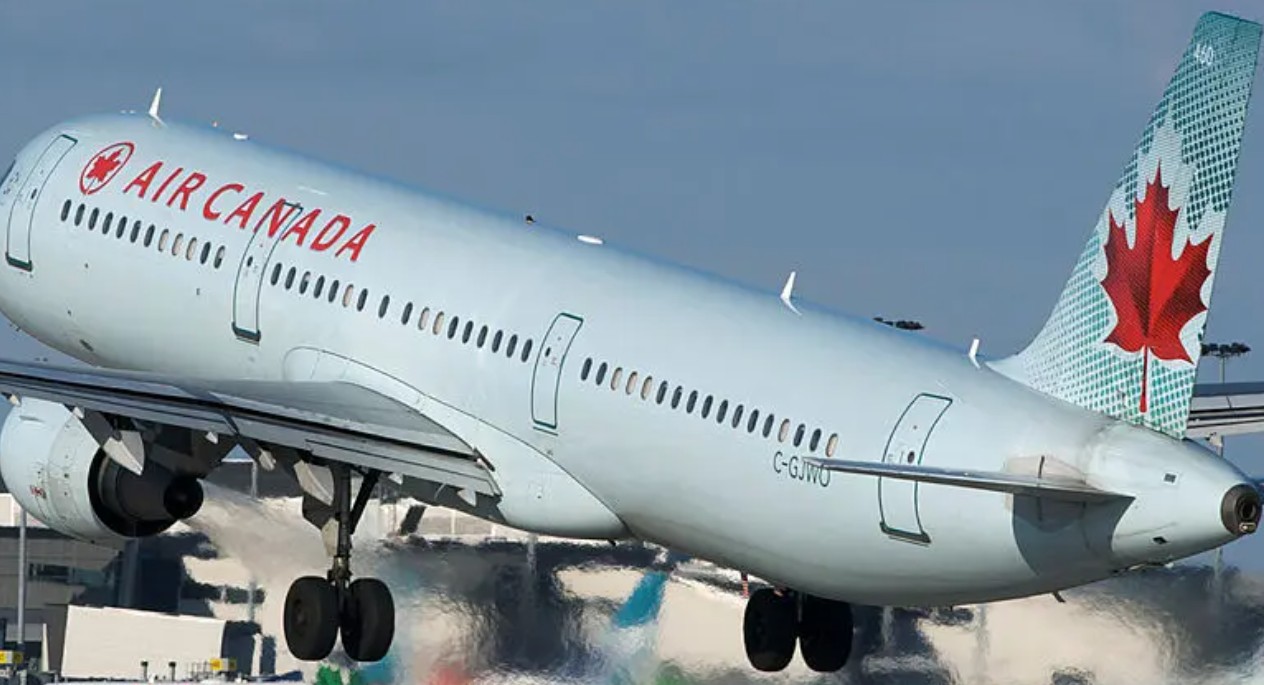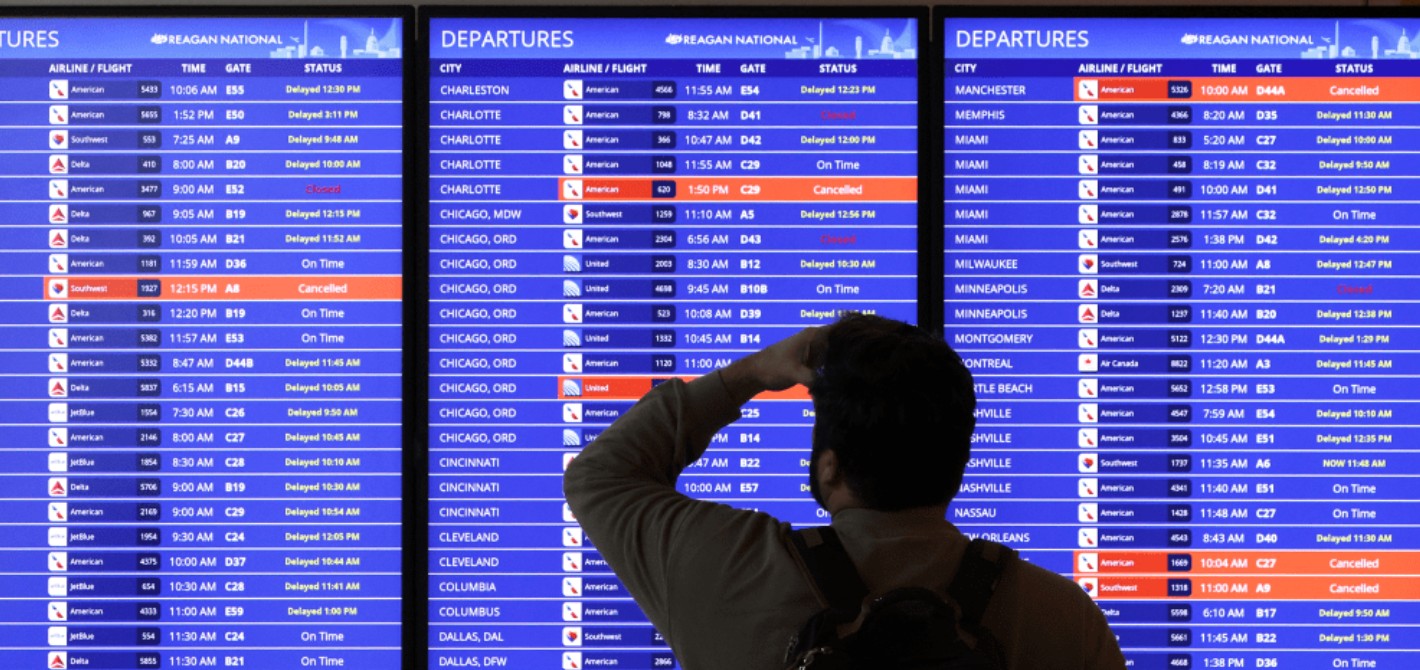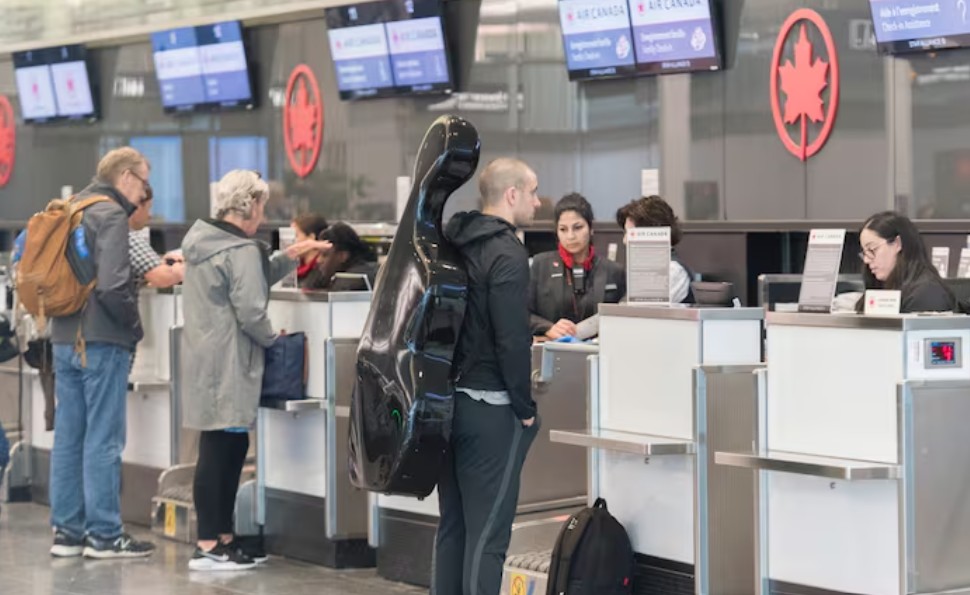Canadian air travel can be characterized by three main issues: inadequate service, elevated prices, and limited options. As a federal election approaches, it is essential for Canadians to recognize that ineffective federal policies are a significant contributing factor.
The International Air Transport Association reports that Canada ranks 101st out of 116 nations regarding air travel costs. Furthermore, the quality of service is lacking, as evidenced by a more than sixfold increase in customer complaints against Canadian airlines from the fiscal year 2018-19 to 2022-23.

What accounts for the high ticket prices?
Primarily, government and airport-imposed taxes and fees constitute 25 to 35 percent of airfare in Canada. For instance, “airport improvement” fees average C$32.20 per departing passenger at the country’s major airports, in stark contrast to C$6.47 in the United States and C$16.38 in Australia. Additionally, airlines incur air traffic control (ATC) charges based on various factors such as distance and geography, which are ultimately passed on to consumers. For example, operating a Boeing 777 in Canada incurs an estimated C$802 in ATC fees, whereas the costs range from C$192 to C$478 in the United States and C$493 in Mexico.
Canadians incur “security” fees ranging from $9.46 to $34.42 per ticket, in contrast to $7.65 for Americans and $4.80 for Australians. Additionally, Canada’s “landing” fees, which are determined by the weight of the aircraft, rank among the highest globally, being 35 to 75 percent greater than those at U.S. airports.
These elevated fees are partly attributable to Canada’s problematic airport ownership model. The federal government owns the land on which major airports are situated and leases it to not-for-profit airport authorities, which are required to pay rent amounting to as much as 12 percent of their revenue to Ottawa. To recover this cost, airports impose fees on passengers.
Beyond taxes and fees, another factor contributing to high airline costs is the limited competition in the market. The federal government restricts foreign airlines from operating domestic routes within Canada, significantly curtailing options and competitive dynamics. While foreign carriers like Lufthansa can operate flights from Frankfurt to Toronto, they are prohibited from transporting passengers between Canadian cities. Consequently, Canadian airlines face minimal competitive pressure to reduce domestic airfares.
In contrast, the European Union began lifting such restrictions for its member states in the 1990s, resulting in increased competition, including the emergence of low-cost carriers like Ryanair, a 34 percent reduction in ticket prices, and an increase in both flights and cross-border travel. The introduction of new low-cost airlines alone contributed to a 20 percent decrease in airfares.

In light of the current challenges facing air travel in Canada, our recent study outlines four strategies the federal government can implement to enhance competitiveness and reduce airfare costs.
Initially, it is essential to lower taxes and fees to align more closely with those of other nations. Additionally, the government should engage in negotiations with other countries, including the United States, to permit foreign airlines to operate in Canada in return for allowing Canadian airlines to operate in those nations. This approach would benefit both Canadian consumers and airlines. Nearly a decade ago, a federal report indicated that restrictions on foreign airlines led to increased air travel costs and had become obsolete. It advocated for Canada to pursue an “open common market for air services” with comparable countries. The principle of reciprocity is crucial: if U.S. airlines gain access to the Canadian domestic market, Canadian airlines should similarly have access to the U.S. market.
Furthermore, the federal government ought to take inspiration from Europe, Australia, and New Zealand by divesting its remaining interests in airport leases and permitting for-profit entities to own and manage airports.
Lastly, the government should alleviate the regulatory burden on the airline sector while ensuring robust safety standards are upheld. In this regard, Canada could look to the successful deregulation in the United States during the late 1970s and 1980s, which resulted in increased competition, greater consumer options, reduced fares, and enhancements in safety.
As Canadians are expected to vote in the upcoming spring, the next federal government should consider reforming Canada’s outdated airline policies to enhance the quality of air travel, expand consumer choices, and lower airfare costs.








